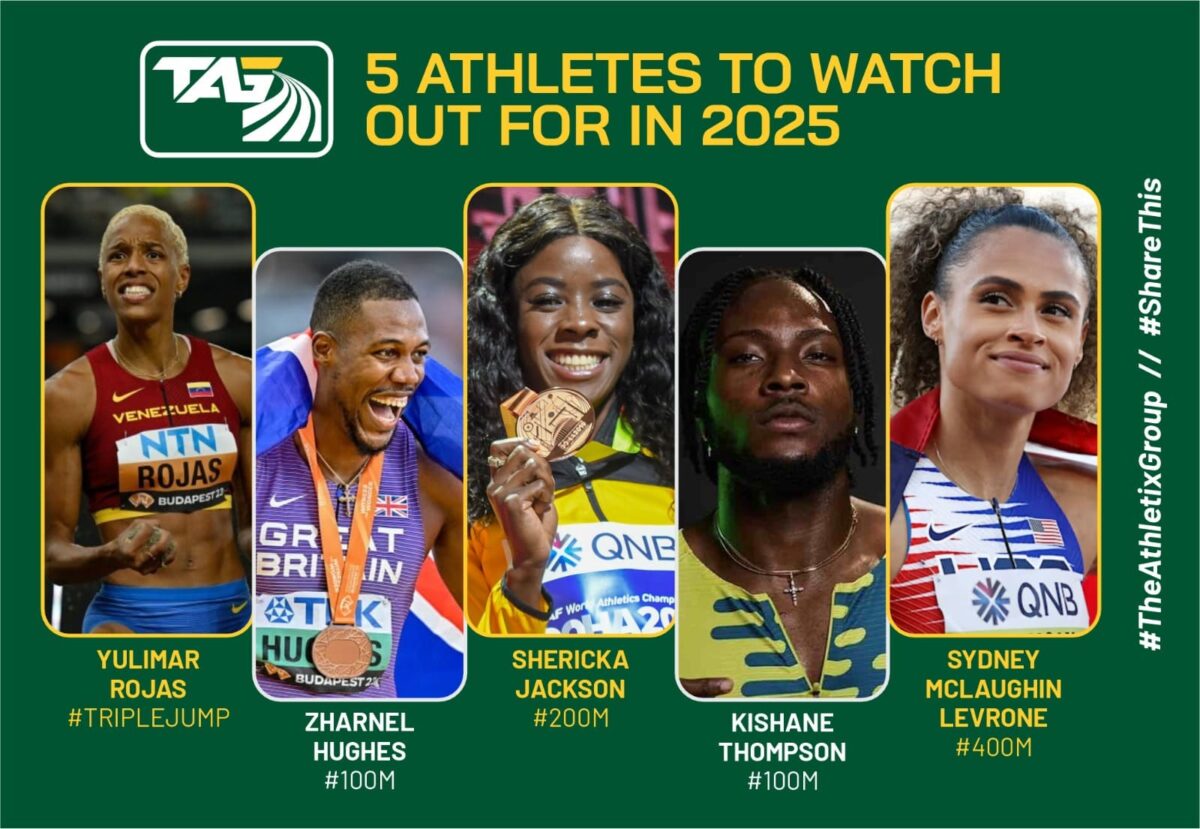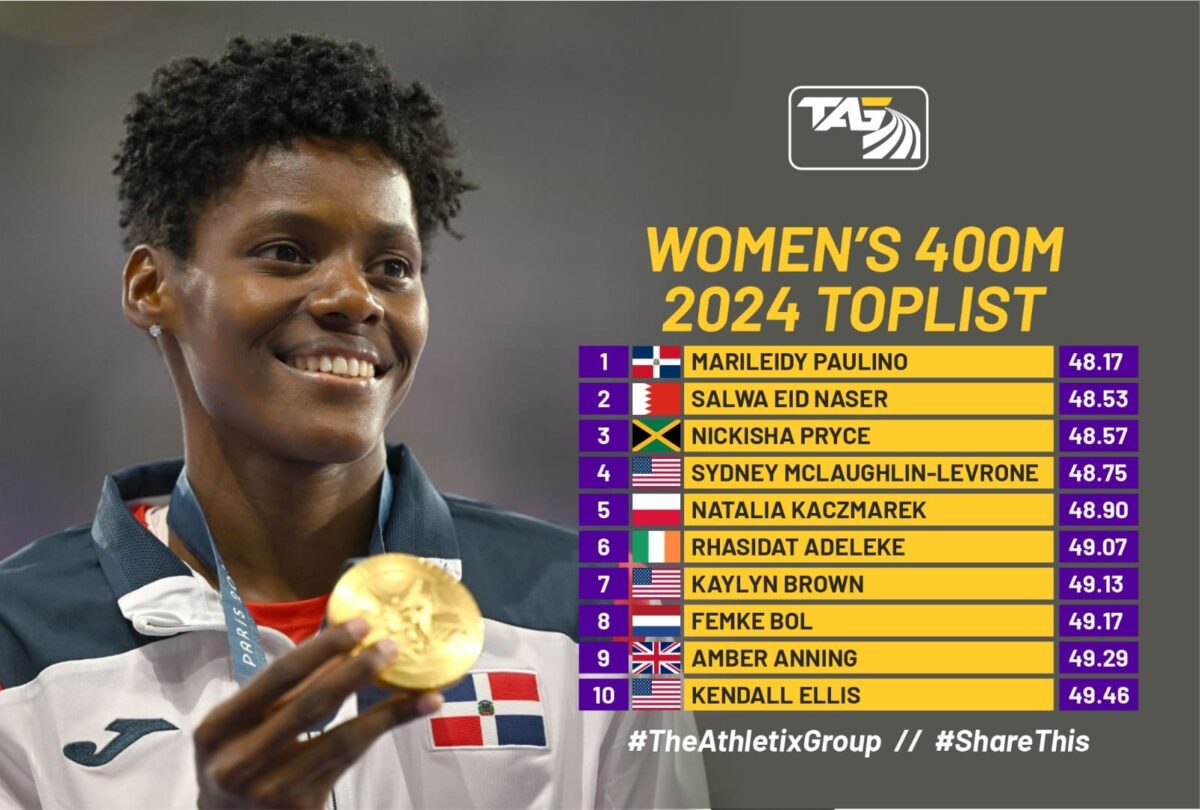
We are preparing for Pakistan, don’t want to give excuses later: India head coach Fulton on Asia Cup
July 29, 2025
Cubs legend Ryne Sandberg dies at 65; Guardians All-Star closer embroiled in MLB betting investigation
July 29, 2025
Being a mom doesn’t mean you have to leave your identity as an athlete behind.
Whether you’re a runner, yogi, lifter, or team sports fanatic, the urge to start working out again after giving birth is intense. Fitness becomes a part of your personality; something that keeps you energized, clear-headed, and gives you something that’s just for you, outside of being a parent.
While your love of fitness hasn’t waned, your body has undergone some significant changes. The months following childbirth are a time of significant vulnerability and transformation.
Thus, returning to sport requires more than just motivation; it requires patience, planning, and care. Healing, hormone shifts, fatigue, and new routines all come into play, and acknowledging these shifts is crucial to your long-term health and success.
Keep reading to learn some comfort-first tips and guidelines that can help make the transition an experience filled with confidence, mindfulness, and kindness to yourself and your body.
1. Choose Moisture-Wicking, Breathable Workout Clothes
When it comes to postpartum workouts, comfort matters more than ever. Your body may be more prone to getting hot and sweaty, and sensitive parts like C-section scars or stretched skin need soft, breathable fabrics.
That said, you might want to go for performance-driven workout clothes that are made to help regulate your temperature and keep you dry, both of which can potentially prevent irritation or chafing.
Consider buying activewear that was made to be breathable, lightweight, or quick drying. High-waisted, lightly compressive leggings can offer you an extra bit of core support and leave you looking and feeling) great during your next outing.
For added confidence during workouts, especially if you’re worried about light leakage, consider wearing discreet incontinence briefs under your activewear. They provide peace of mind and allow you to stay focused on your movement instead of worrying about accidents.
2. Start Slow And Listen To Your Body’s Signals
The desire to get back into your routine can easily cloud your body’s need for rest. The most crucial advice for any postpartum athlete is to begin slowly. The physical toll of childbirth, whether it’s vaginal or C-section, takes time for your body to recover, and it might not react to movement the same way it did before pregnancy.
Even if you exercised during pregnancy, you can’t dive right back into workouts at the same intensity.
Begin with low-intensity activities such as walking, stretching, or gentle yoga. As you increase intensity, be mindful of your body’s feedback. Pain, pressure in the pelvic area, or unusual fatigue are clues to either slow down or re-evaluate. Rushing the process can worsen things or cause injury, so patience should accompany persistence.
3. Prioritize Core And Pelvic Floor Rehabilitation
The pelvic floor and core muscles are frequently weakened or lengthened after pregnancy. These are the muscles that help you move your body every day and support athletic performance, so rebuilding their strength before jumping back into pounding or high-intensity exercise is more important.
Many new mothers suffer from recti diastasis, or abdominal separation, which can result in core instability and lower back pain if left untreated.
Hence, start with gentle rehabilitation exercises that focus on breathwork, gentle core activation, and pelvic floor recruitment. Think of moves like diaphragmatic breathing, pelvic tilts, and bridges. It can be highly beneficial to see a postpartum physical therapist or a trainer who focuses on this work.
4. Wear High-Support Sports Bras For Comfort And Stability

Postpartum breasts may be tender, heavier, and fluctuate in size constantly, particularly if you’re breastfeeding. This is why a good support sports bra that fits is essential for both comfort and protection at the gym.
Without proper support, there can be pain and damage to tissue, especially in high-impact activities, such as a run or a jump.
Look for specially designed postpartum or nursing athlete sports bras. Such garments frequently come with broader straps, adjustable bands, and easy-open flaps for nursing. The compression and encapsulation styles can offer the necessary hold and a non-restrictive feel.
Feel free to try on a couple of options until you find one that works, as the size you were before pregnancy might no longer work for you. The right bra can make all the difference in how confident and comfortable you feel as you regain your stride.
5. Stay Hydrated, Especially If Breastfeeding

If you are nursing, you should aim to match your pre-pregnancy liquid intake, which will help prevent mastitis.
Staying hydrated is a fundamental aspect of any exercise routine, but it’s even more critical postpartum, especially if you’re breastfeeding. Your body needs a sufficient amount of fluid to produce milk, and even mild dehydration can lead to decreased energy and a reduced milk supply. As you start to exercise again, pay attention to how you hydrate before, during, and after workouts.
A simple guideline is to drink to thirst and check the color of your urine: it should be pale yellow. You might also find yourself needing to go for other electrolytes, particularly if you are doing longer or sweat-heavy workouts.
Wrapping Up
Returning to sports after becoming a mother is not only a physical milestone but also an emotional one. You’re not just returning to movement; you’re rediscovering a part of yourself. However, it warrants a measure of caution and a show of respect.
You can regain strength and confidence in your own time by easing into things, setting your body and gearing up for help, and tuning into what feels right every step of the way.
Now, whether you’re walking around the block or going to the gym for the first time, just know that your body is strong and flexible. You also deserve kind and gentle support as you get back into doing the activities you love.







